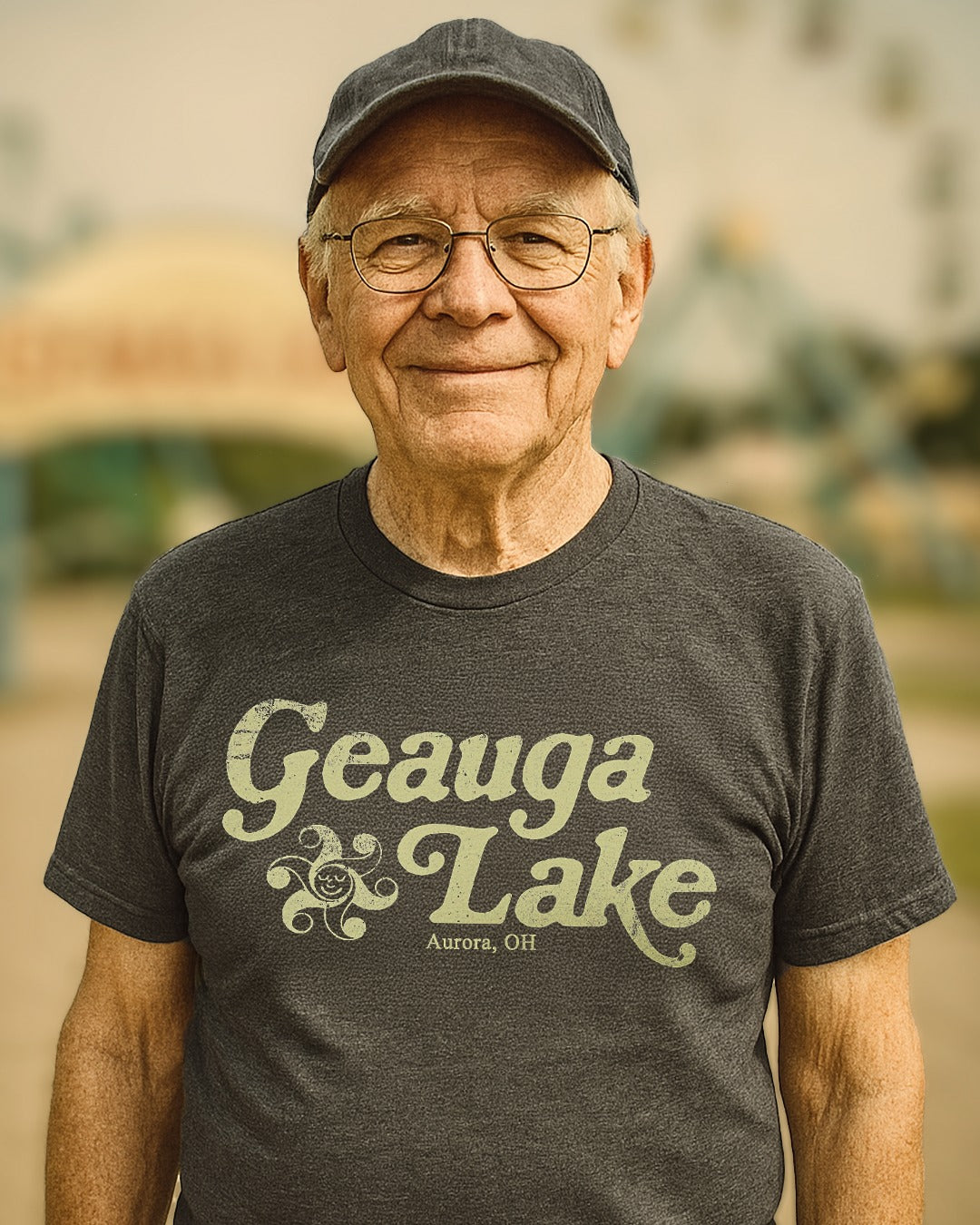In just over 100 years, Halloween in the United States and Canada has gone from an obscure celebration observed primarily by Scottish and Irish immigrants to a red-letter day for children from coast to coast, to a holiday enjoyed by people of all ages.
Costumes, of course, are the main focus of the holiday, both for kids and adults. For many growing up after World War II, costumes were store-bought and manufactured mostly by three companies: Collegeville, Halco, and the industry giant for many years, Ben Cooper. Rubie’s Costume Company eventually got into the Halloween costume business as well.
Ben Cooper
Ben Cooper started as a costume designer for Broadway productions in the 1920s. In the 1930s, amid the Great Depression, there weren’t as many shows for which to make costumes. It had also become a labor-intensive business with small profit margins.
A bad economy aside, Halloween and Halloween costumes were becoming more and more popular. Cooper decided to shift his focus. In 1937, he acquired A.S. Fishbach, Inc, who had started producing costumes based on Disney characters. Cooper relaunched the operation as Ben Cooper Inc. After World War II, Halloween continued to increase in popularity, aided greatly by the rise of television and comic books.
Cooper went on to control close to 80% of the Halloween costume market by the 1970s and into the 1980s.
Collegeville
Founded as the Collegeville Flag Company in the 1920s, this firm quickly moved into the Halloween costume business using excess fabric from its main operation. It soon became Ben Cooper Inc.'s top competitor. Indeed, the two battled back and forth on licensing deals with the major movie and TV studios, as well as comic book publishers and other intellectual property owners, for years.
While both were savvy at reading the market, they didn’t always get it right. ''Every year we drop a few costumes,'' then CEO Sam Cornish told The New York Times in 1989. ''This year we dropped the monk. We dropped the snake. We dropped the silver-fin fish and the mermaid.” Just over two weeks after Halloween that year, Disney released The Little Mermaid.
Halco
The J. Halpern Company, later Halco, was a toy company based in Pittsburgh that got into the Halloween costume business after World War II. It went out of business, or was bought out, some time in the 1970s. To this day, its wares are coveted by collectors.
Rubies
In 1951, Rubin (or “Rubie”) and his wife Tillie opened a candy store in Queens, New York. They didn’t plan on staying in the business permanently. However, they wound up expanding into novelty gifts and, eventually, in the 1980s, Halloween costumes. In 1998, the company merged with Mask Illusions of San Diego.
A big scare and a big shift
In 1982, a tragic incident took place that initially hurt, then ultimately benefited, the Halloween costume business. In September of that year, seven people in the Chicagoland area died after taking Tylenol pain medication that was laced with potassium cyanide. Parents nationwide would not let their children trick-or-treat, causing Halloween costume sales to plummet.
Instead of trick-or-treating, parties became an alternate way to celebrate, as they provided a controlled environment. Parents saw their little ones dressed up and having fun, and perhaps feeling a bit nostalgic, started buying costumes.
As a result, Halloween, and dressing up, started to become popular with adults starting in the mid to late ‘80s and continued to increase. Oddly, even though it’s far more popular today than it ever was, Halloween only ranks eighth in total consumer spending, according to the National Retail Federation. That was good for $6.9 billion in sales in 2013. Impressive, but not enough to keep the big costume suppliers in the business.
The companies today
Even with the increased popularity of Halloween, Ben Cooper Inc. was unable to weather several financial stresses. In 1991, on the day before Halloween, the company filed for bankruptcy. The following year, its assets were purchased by Rubie’s
Collegeville, too, was unable to capitalize on the growing interest in Halloween. It was eventually purchased by former CEO Sam Cornish and his wife Lisa, who converted the company’s old production facilities in Pennsylvania into a giant retail shop specializing in costumes.
Rubie’s continues on today, both with its flagship store in New York City, as well as manufacturing operations that supply costumes to other retailers.



